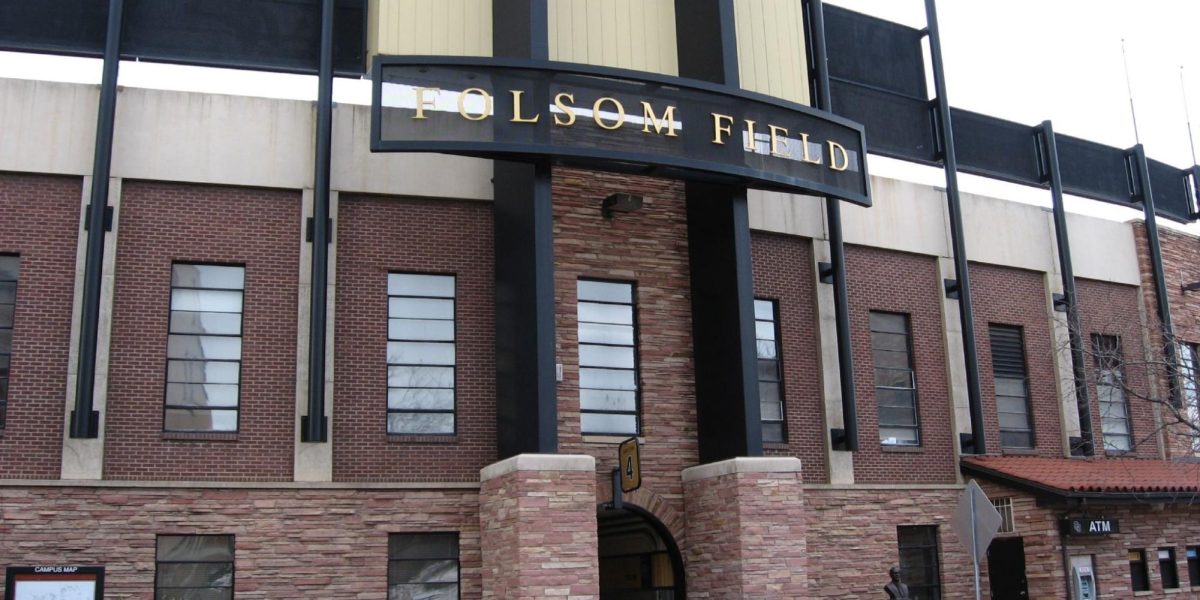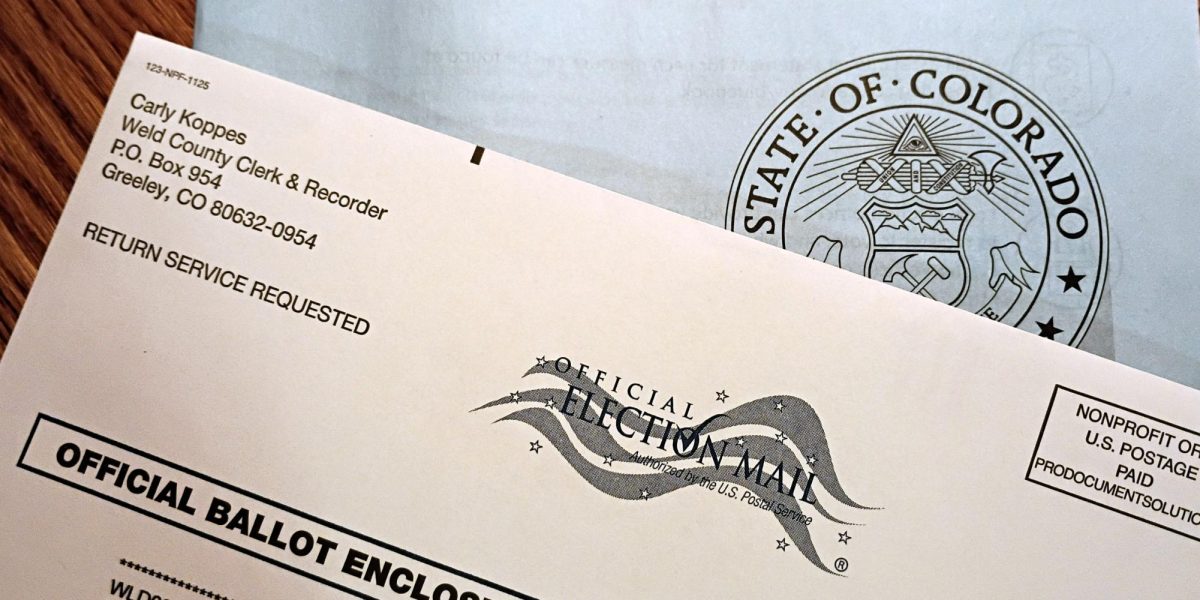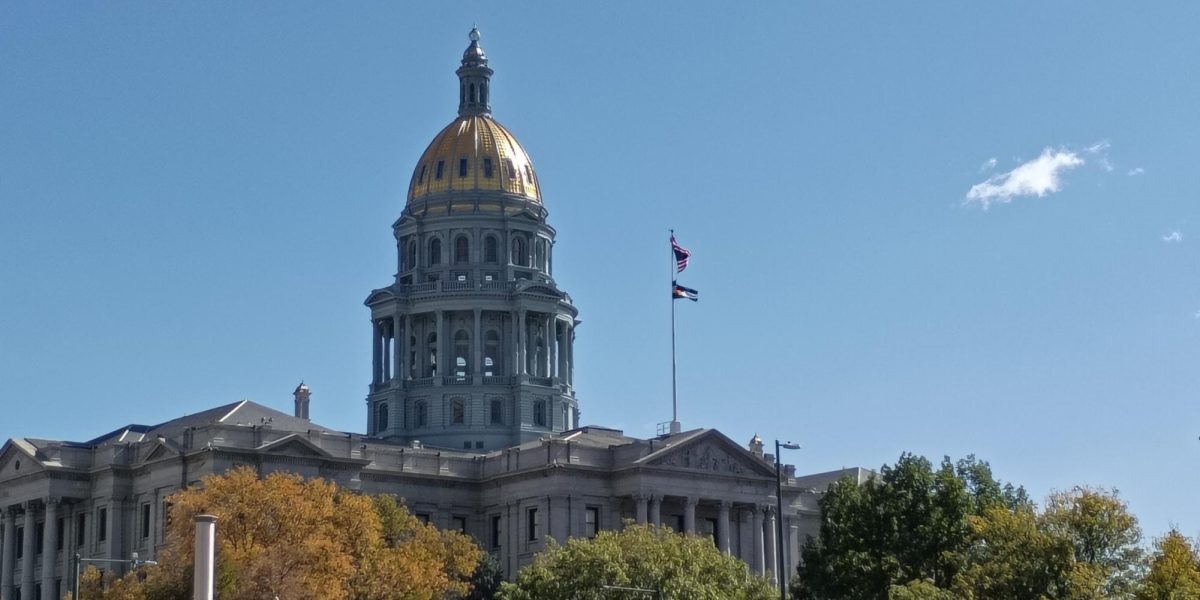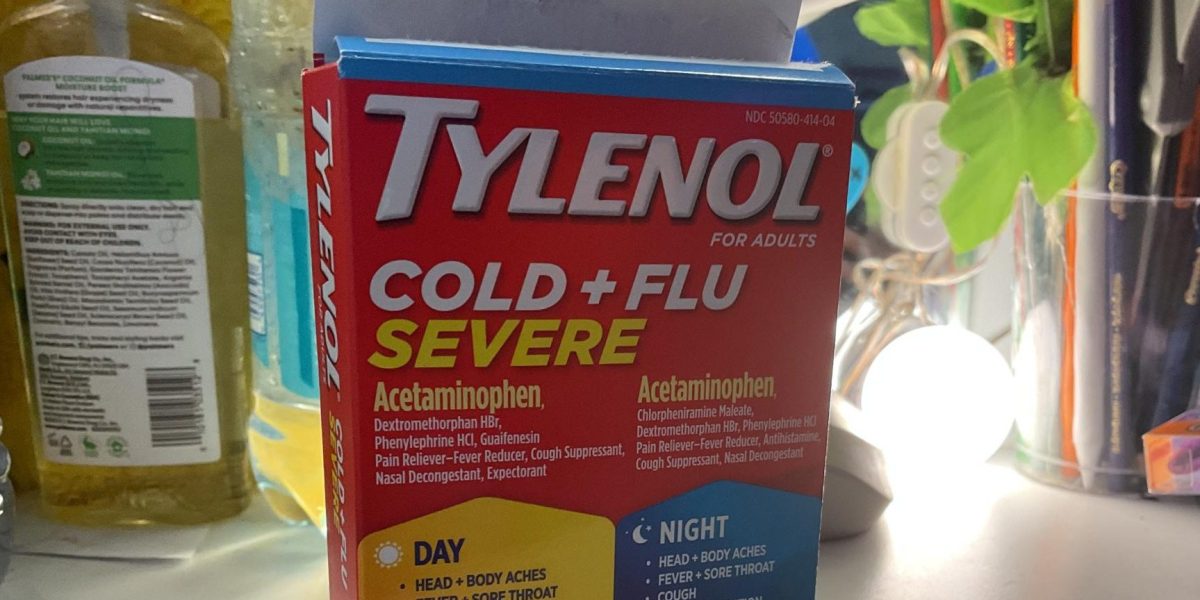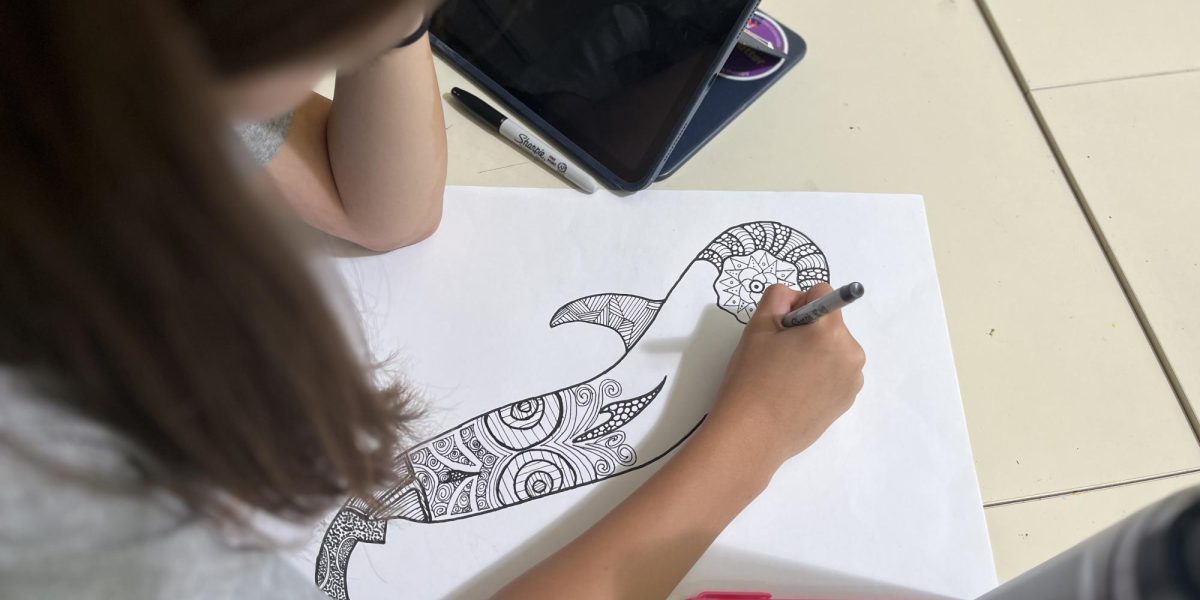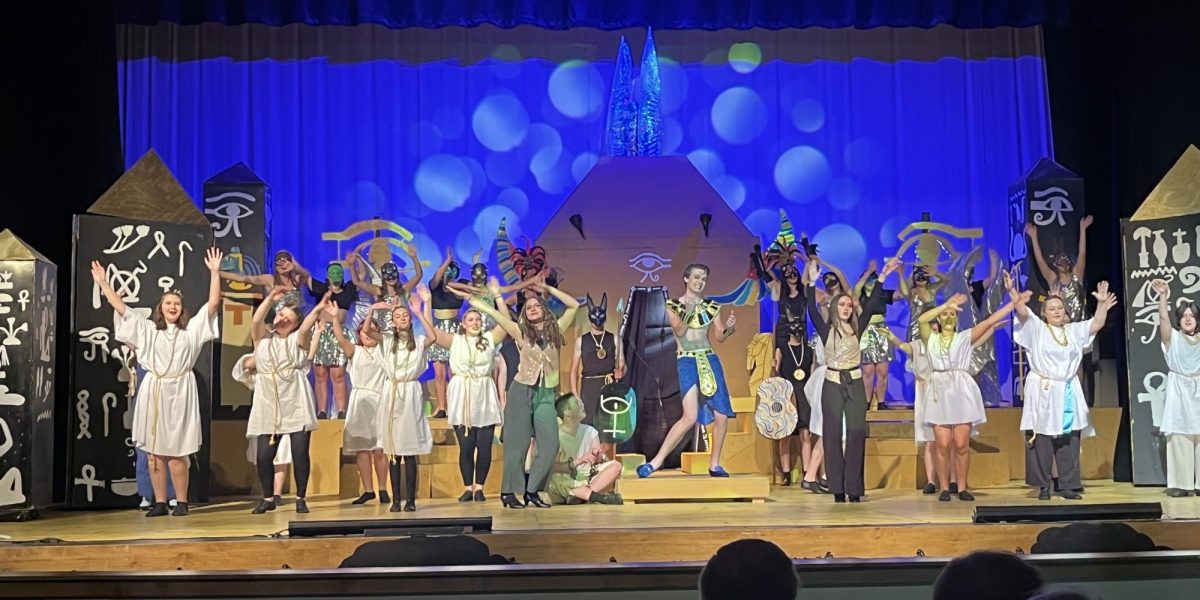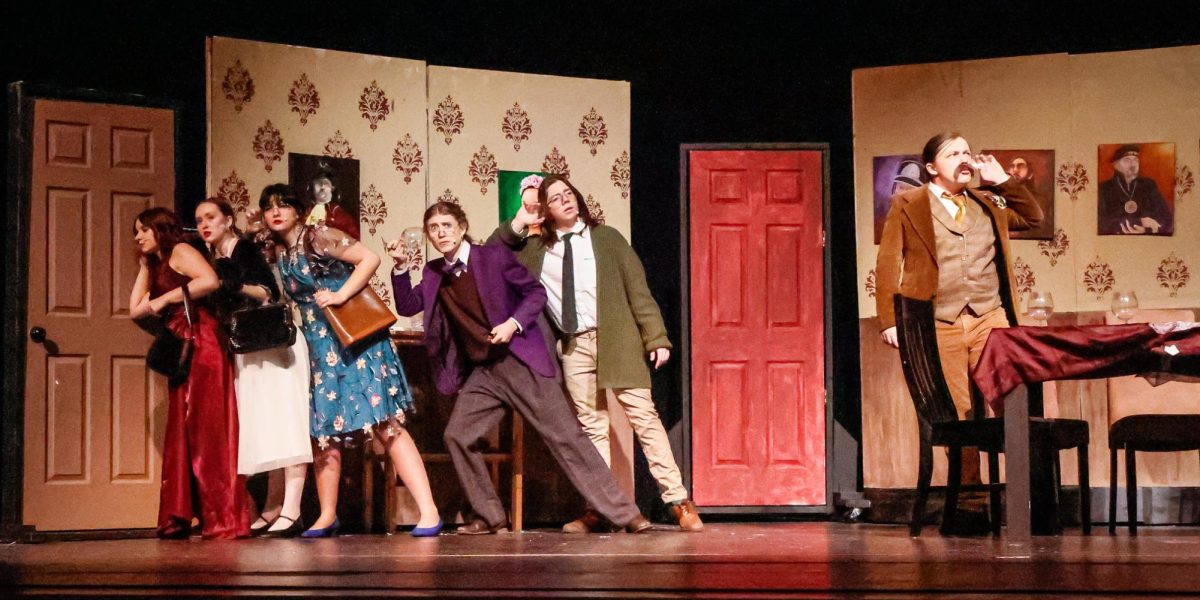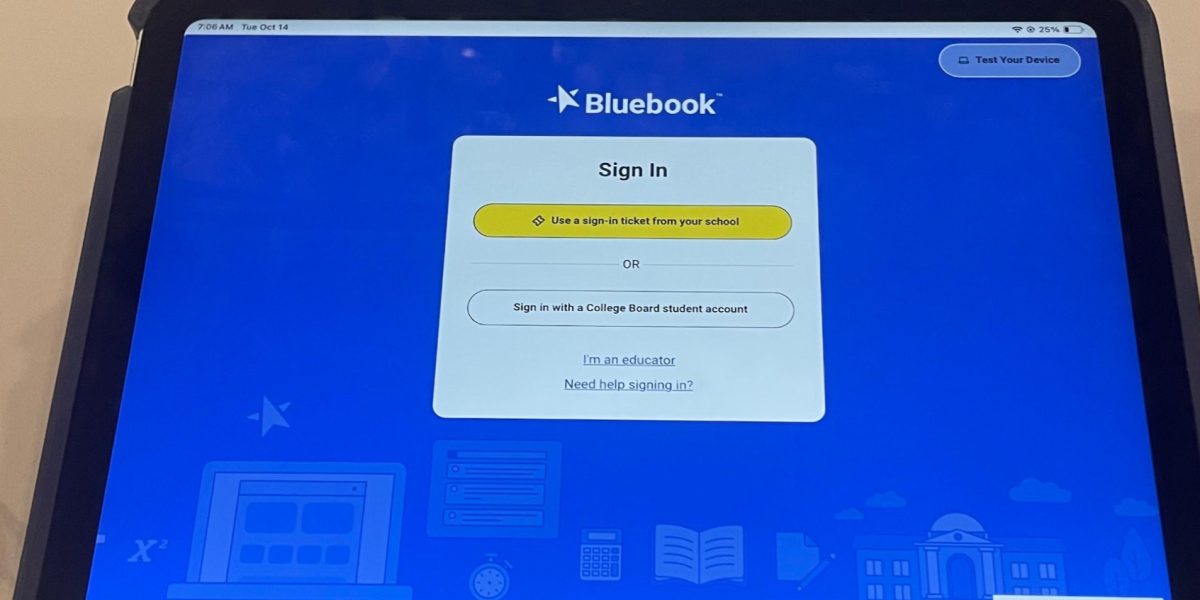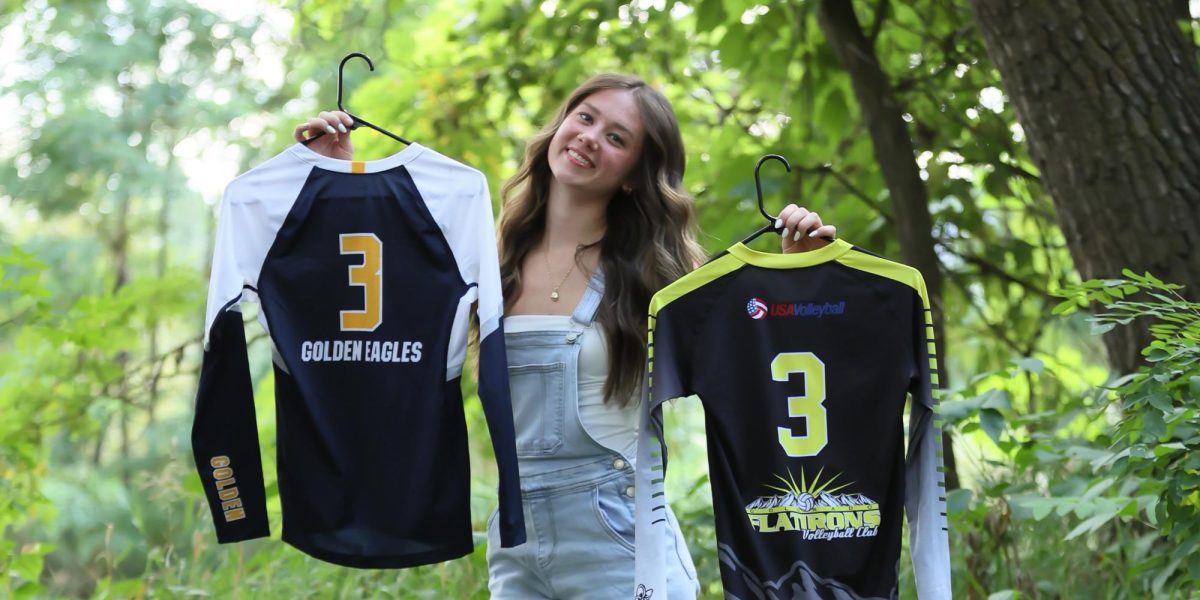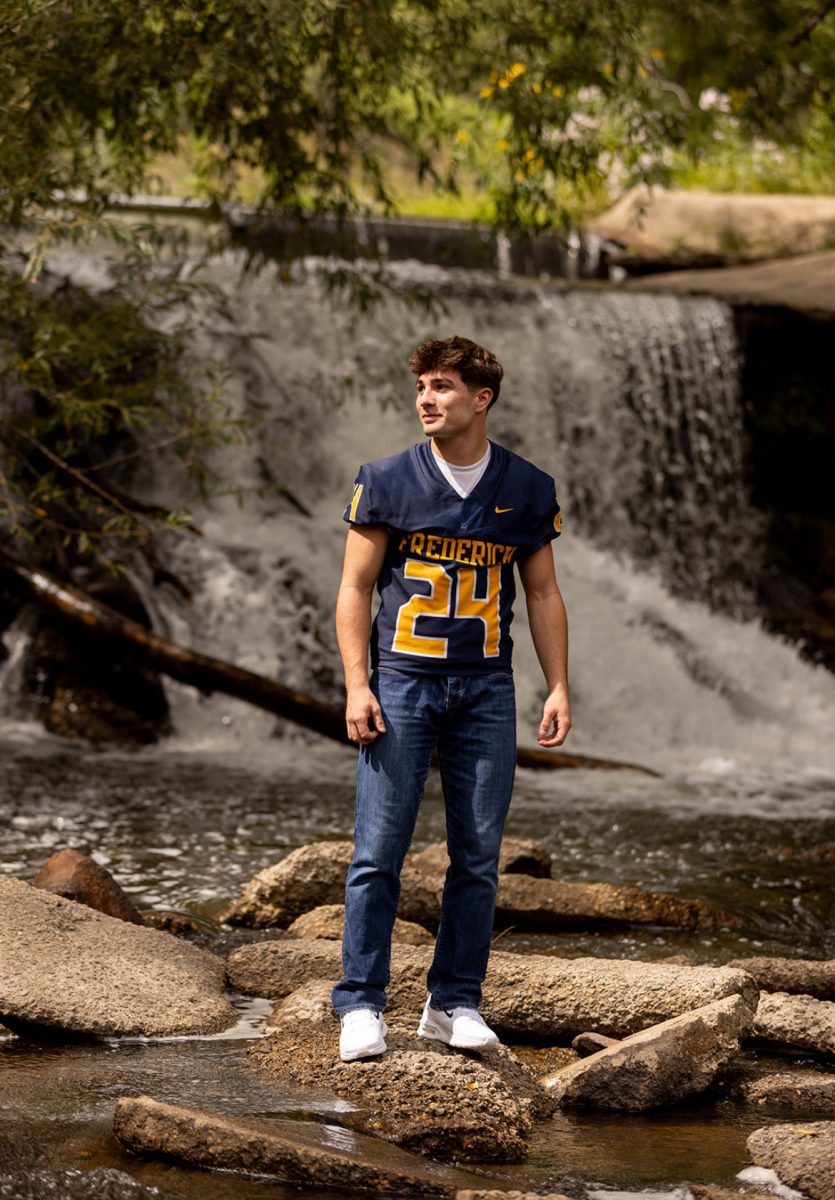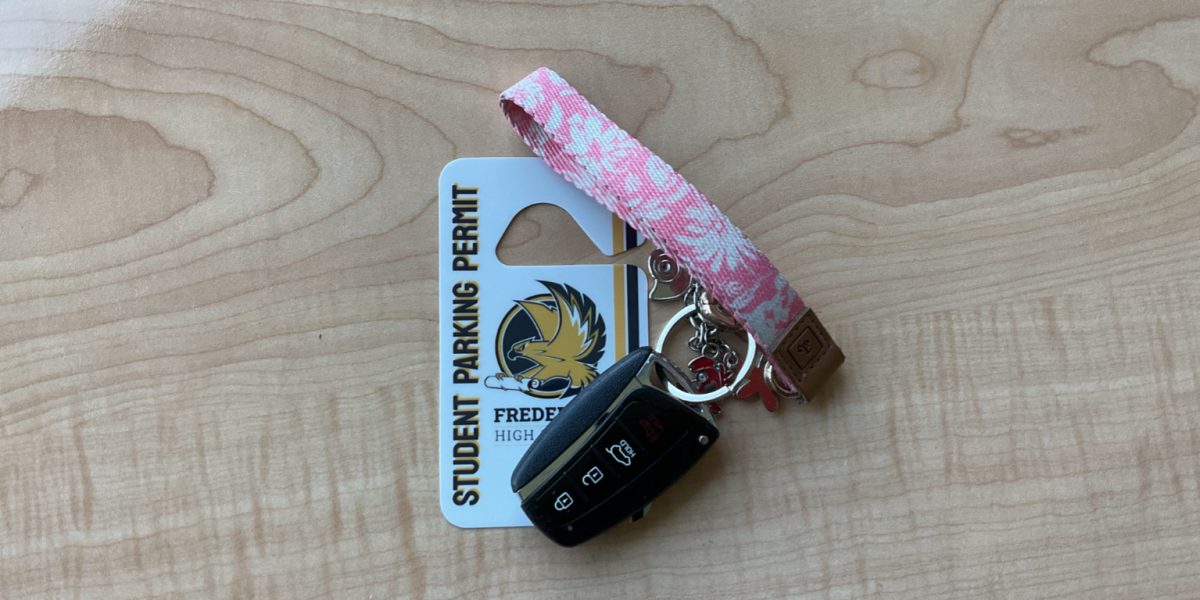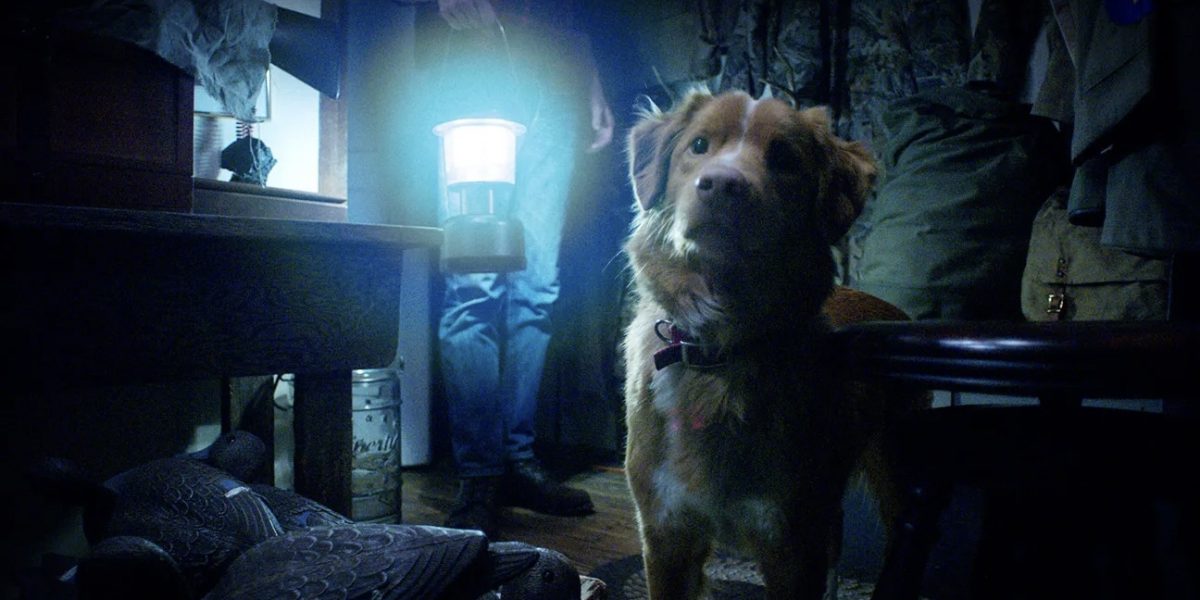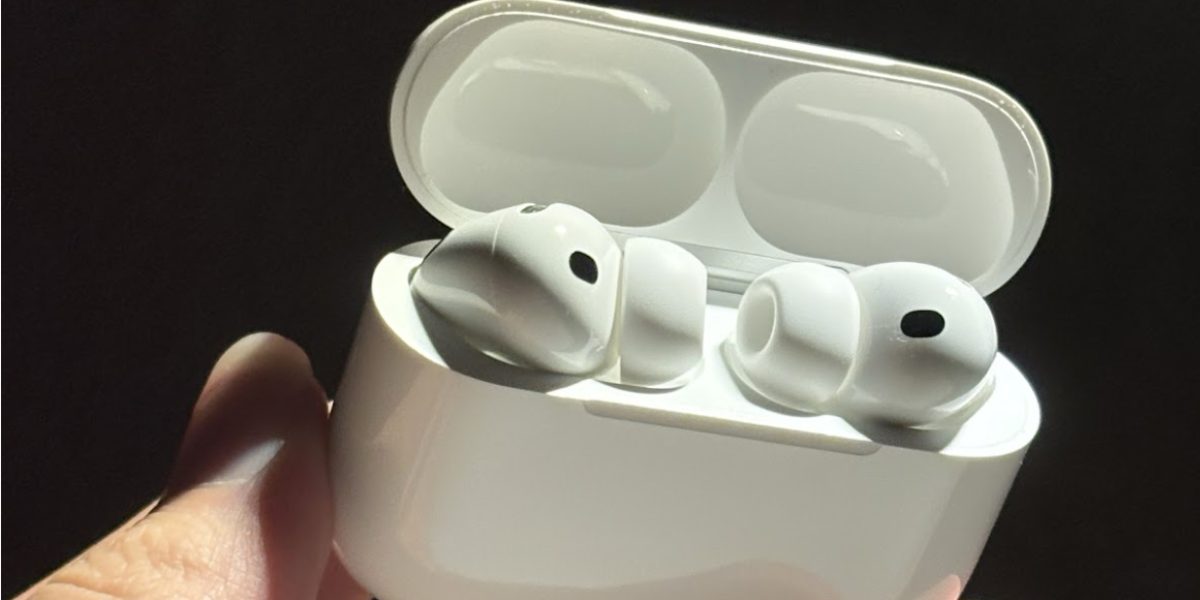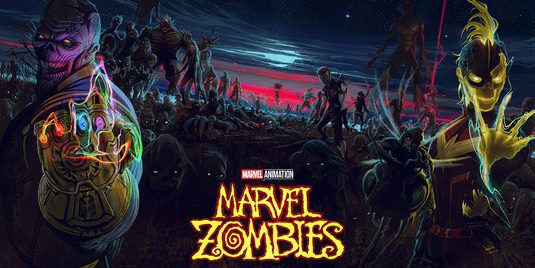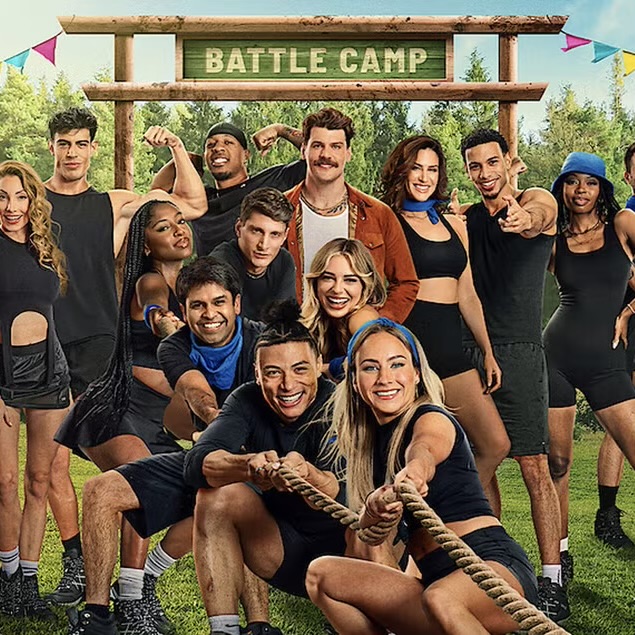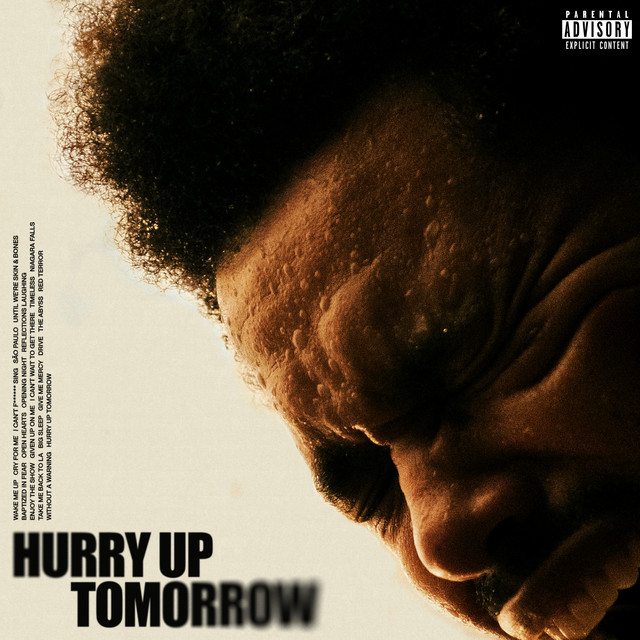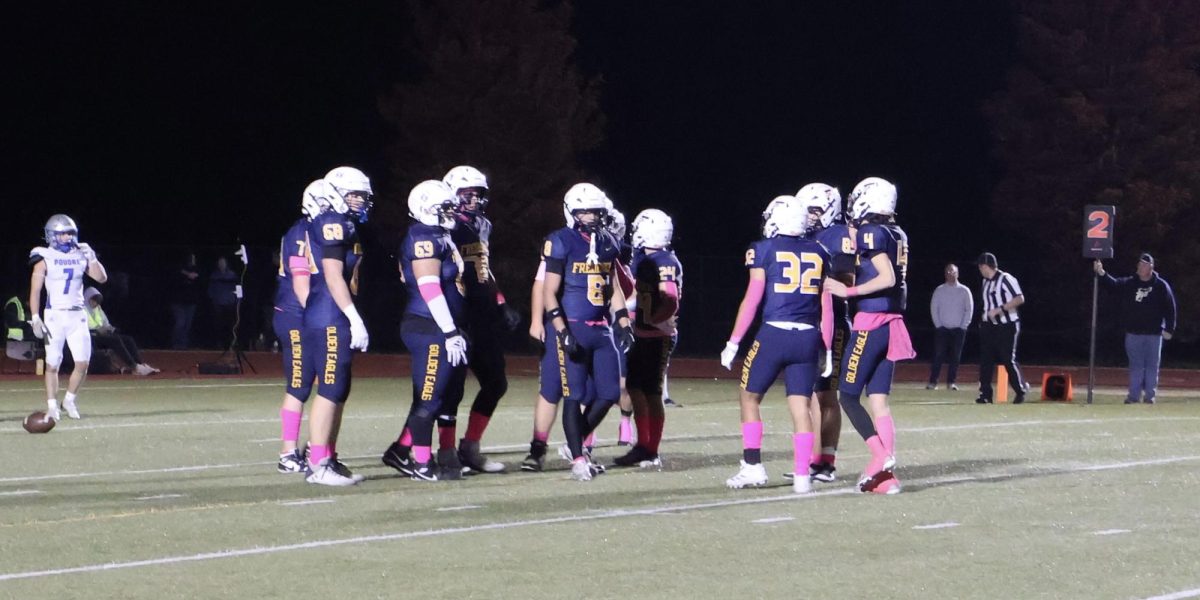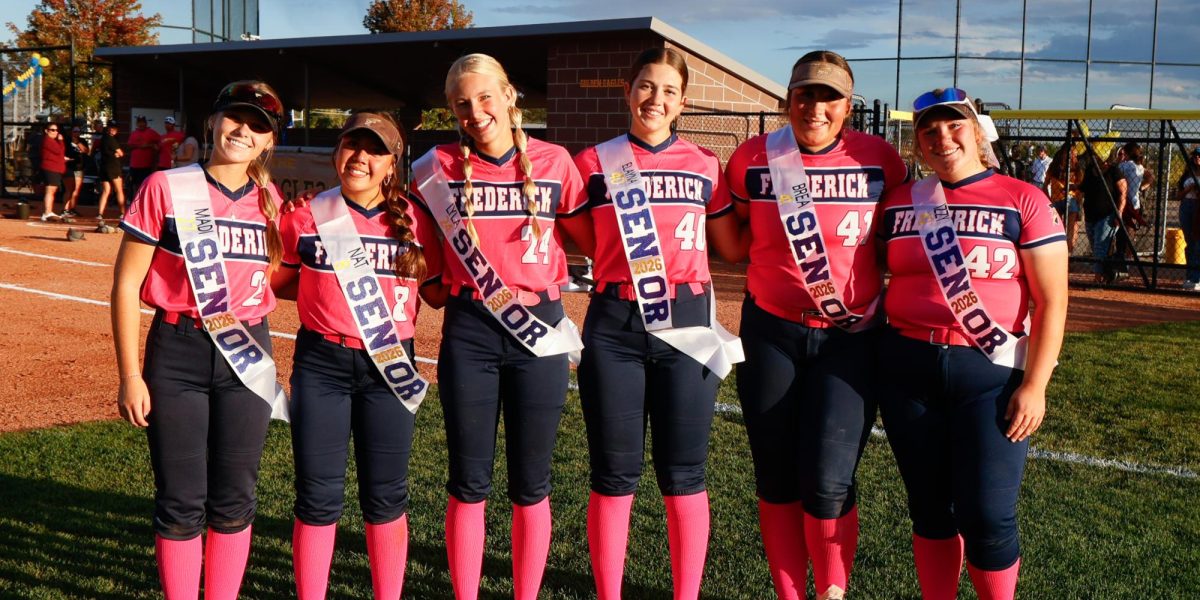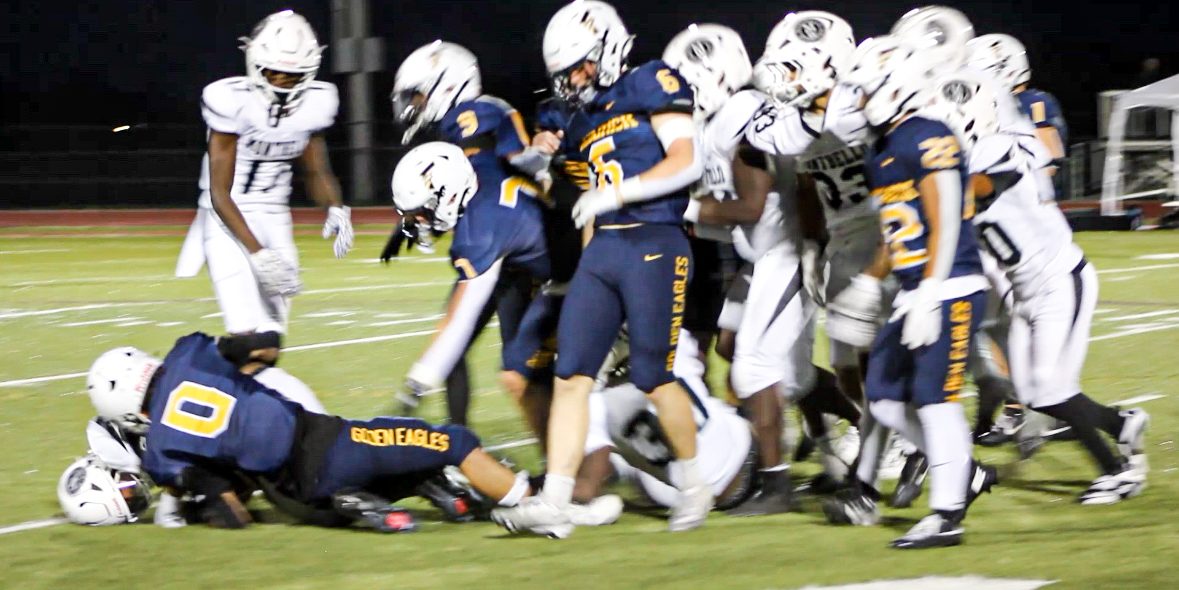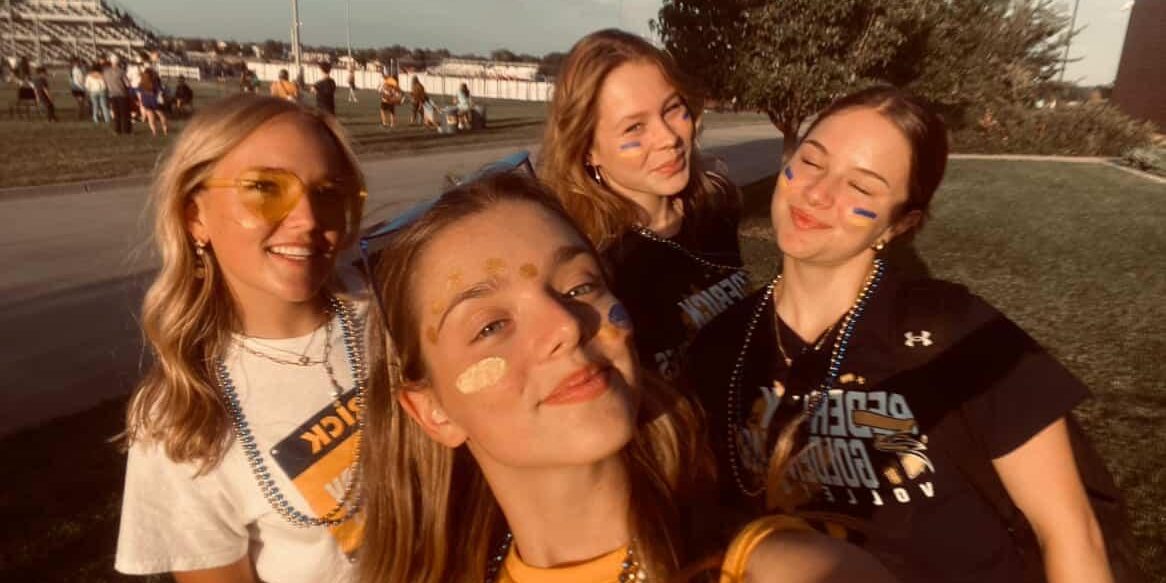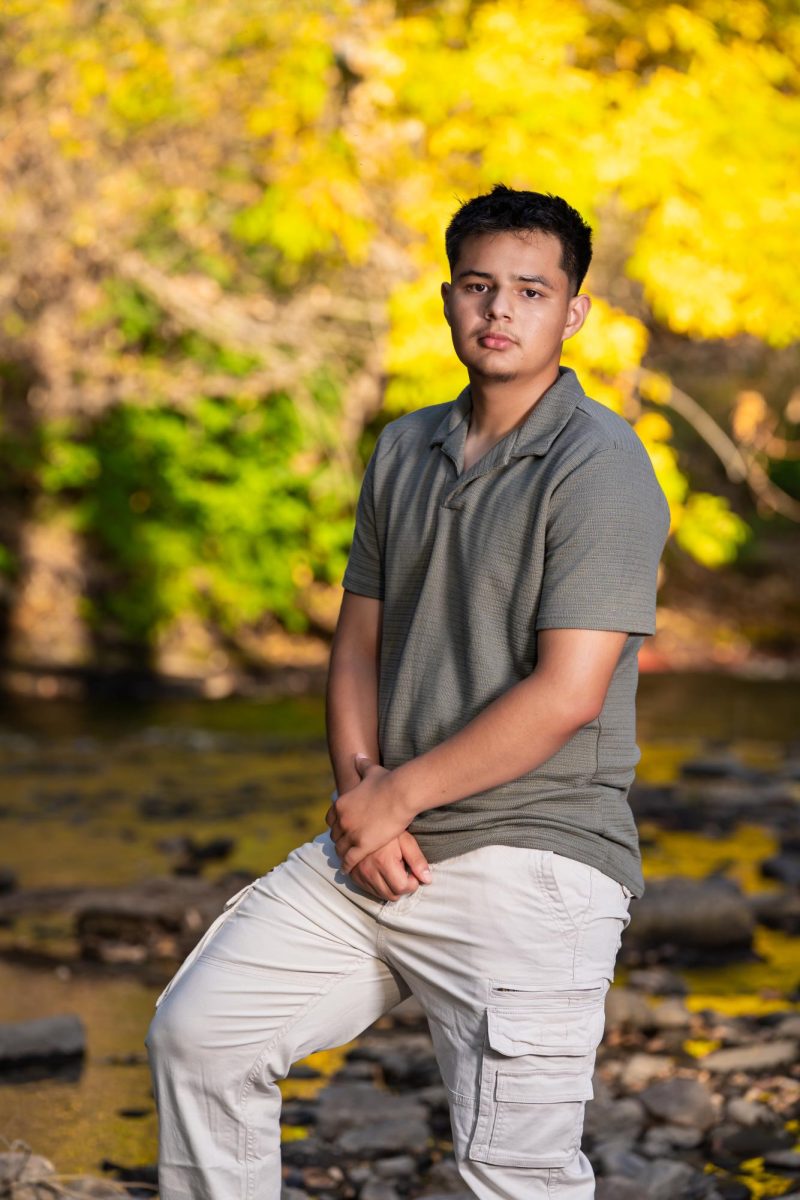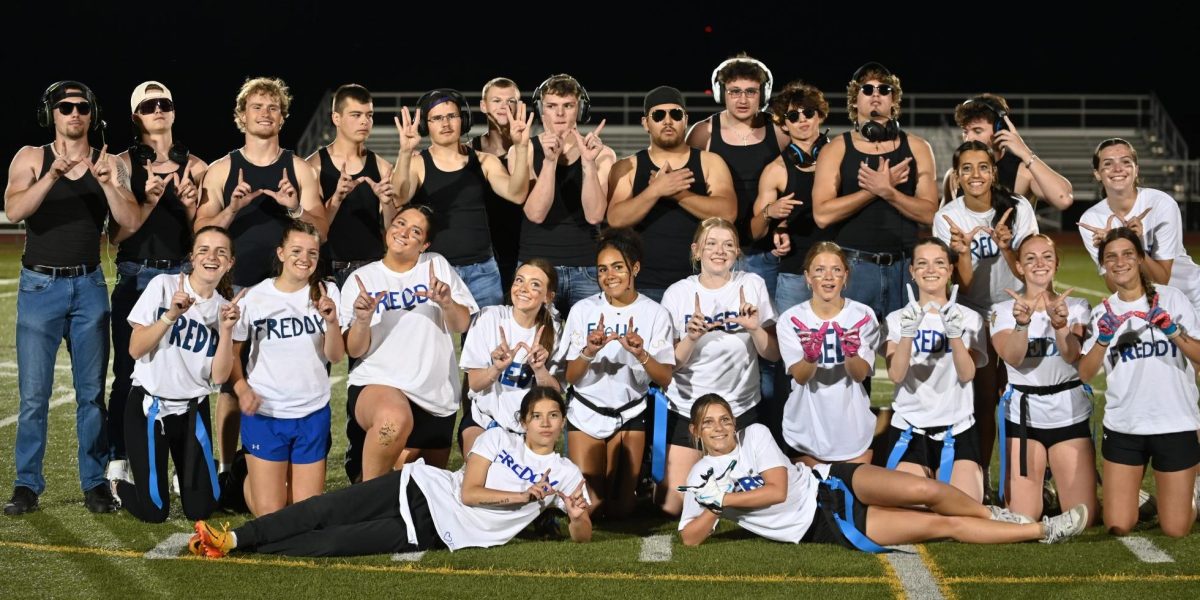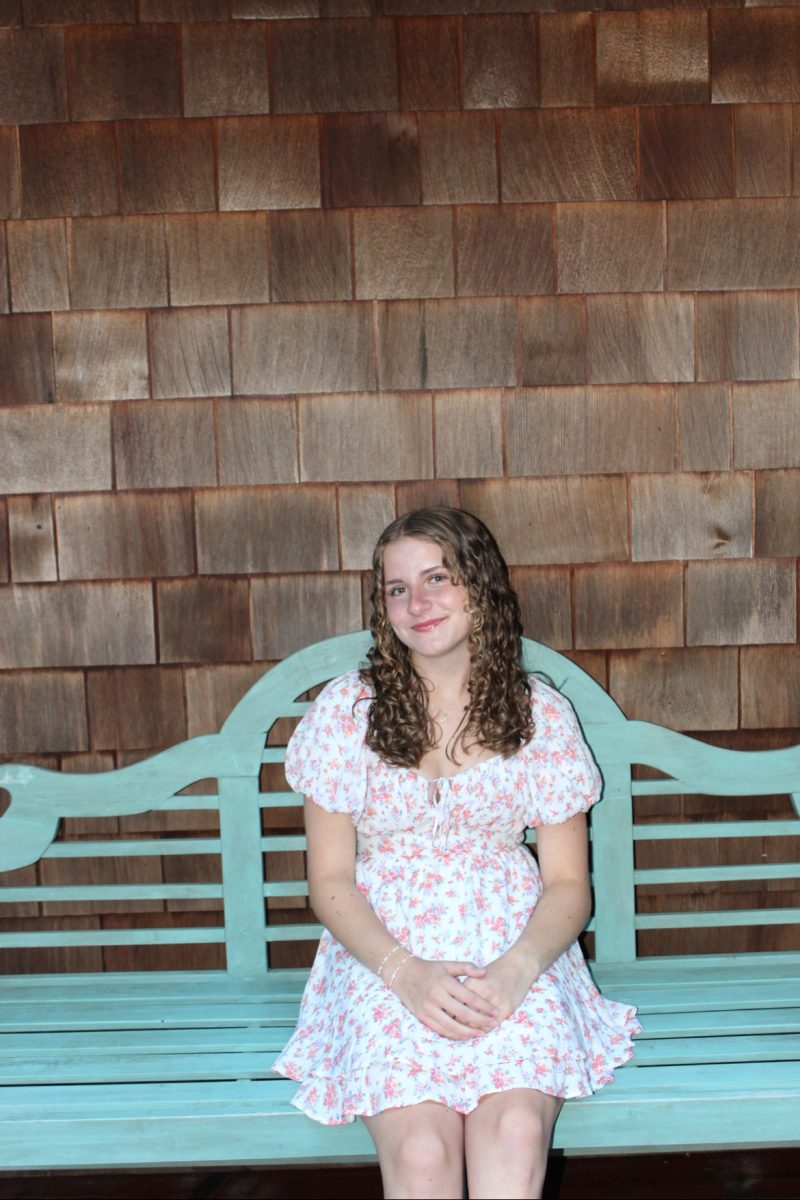Before every game, sophomore goalkeeper Avery Briggs steps onto the turf field, headphones in her ears, ready for the game ahead. She puts on her cleats, dumping out the leftover turf beads from the last. She lines up with her teammates to do the technical warm-ups and then separates to do her goalkeeper drills.
She starts with some simple balls right to her feet before shifting into dives. This is when she is reminded that she plays on turf and not grass. One after another, Avery dives onto the hard surface, turf beads scraping into her legs, leaving behind scrapes that will eventually turn into scars.
Avery brushes it off and continues playing because it’s the only thing that she can do, and she isn’t alone. Hundreds of athletes at Frederick play on the turf field every year, sustaining various injuries that may have been prevented if they were given the opportunity to play on a different field.
Which begs the question, why don’t students get the opportunity to play on a different field that would be safer for them, and should the school consider switching to a grass field?
Preserving a Different Kind of Green
The main argument against natural grass is the cost to maintain a living field of flora. According to Sports Venue Calculator, turf costs more at the start: the average construction of a turf field is $550,000 to $1,350,000, while constructing a grass football field ranges from $400,000 to $820,000.
But then comes the cost of maintenance. Real grass needs water and resodding and mowing, while turf is just good to go. This perception is partly true, as it takes around three times as much money to maintain grass as turf, according to Safe Healthy Playing Fields ($18K-$48K per year for grass, $6K-$39K for turf). Sod also takes more labor to maintain it with constant mowing and remarking lines.
This doesn’t mean that turf costs nothing, though. The rough use by sports teams means that turf fields regularly need repainting, patching, sweeping, and top dressing. Like grass fields, they even need weeding, as plants poke up from the ground under the turf.
Most of this maintenance requires specialists to fill divots and resew turf carpet, while anyone can repair a divot in a sod field in a few minutes. Schools also typically already have other grass areas on campus and thus have the necessary mowers, weed killers, and dragging rakes needed to maintain sod. The price of the materials to repair and maintain turf–rubber infill, heavy-duty fabric, disinfectant, paint remover, and fabric softener–is going up faster than the water and grass seed needed for a sod field.
Overall, the cost of maintaining a sod field is cheaper than that of an artificial turf field in the long term. A sod field should be replaced every 6-12 years to maintain its quality, but turf fields only last 3-5 years. While schools will definitely pay more of their yearly budget on a grass field, the ten-year cost of a grass field ranges from $730K to $1.5 million. This is much less than turf, which has a ten-year cost that starts at $1.5 million and can cost up to $2 million.
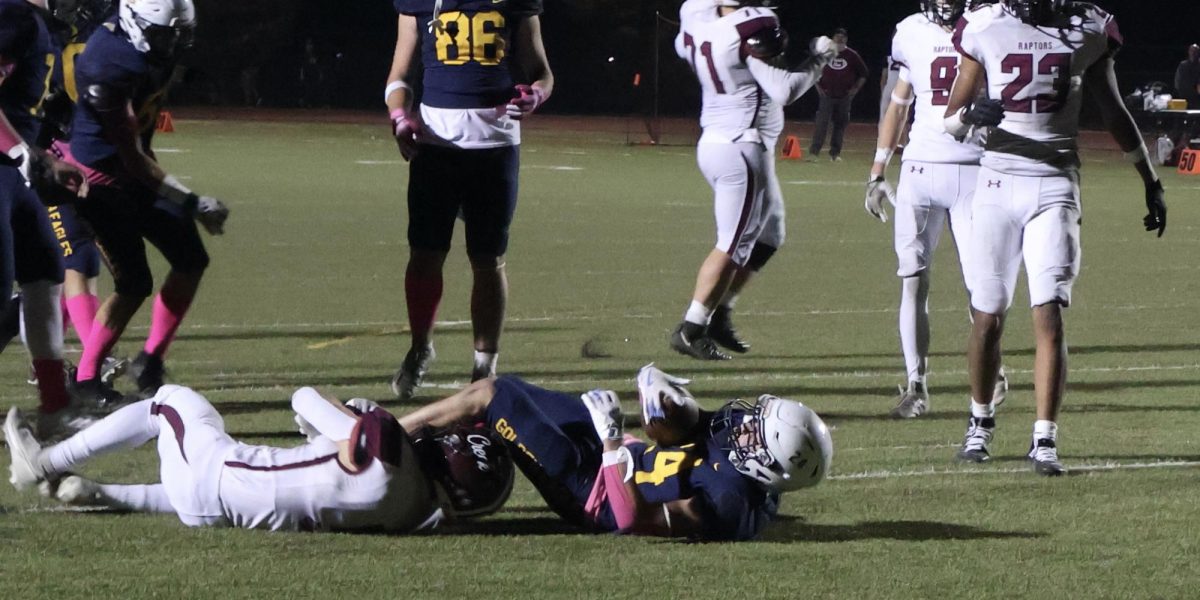
Maximizing Time on the Field
While the monetary costs of grass and turf can be similar, the time they take and give is not. That is, one of the reasons schools prefer artificial turf over real grass is that turf takes less time to maintain, which gives coaches and teams more time to be playing on the field. Depending on climate, A grass field takes 250 to 750 hours of labor per year to maintain, but a turf field only needs 300 hours of labor each year.
Speaking of climate, turf is less affected by shifts in weather than grass. This was exemplified during the football playoffs this year, where there was an immense amount of snowfall, but the game was able to continue with the help of shovelers removing snow from the yard lines. On a grass field, this solution would not have been an option.
These factors together result in the ability for turf fields to be used for sports for an average of 2,800 hours each year; meanwhile, grass fields only offer around 800 hours of usable time on the field.
While 800 hours of time for practices and games sounds like more than enough for high school sports teams, the high school isn’t the only one that uses a field. Local middle schools, club teams, and community groups also want to use the field for their game or event. When a school rents out their field to these groups, that’s profit, and since turf fields offer more playing time than grass, they also offer schools more potential profit than grass.
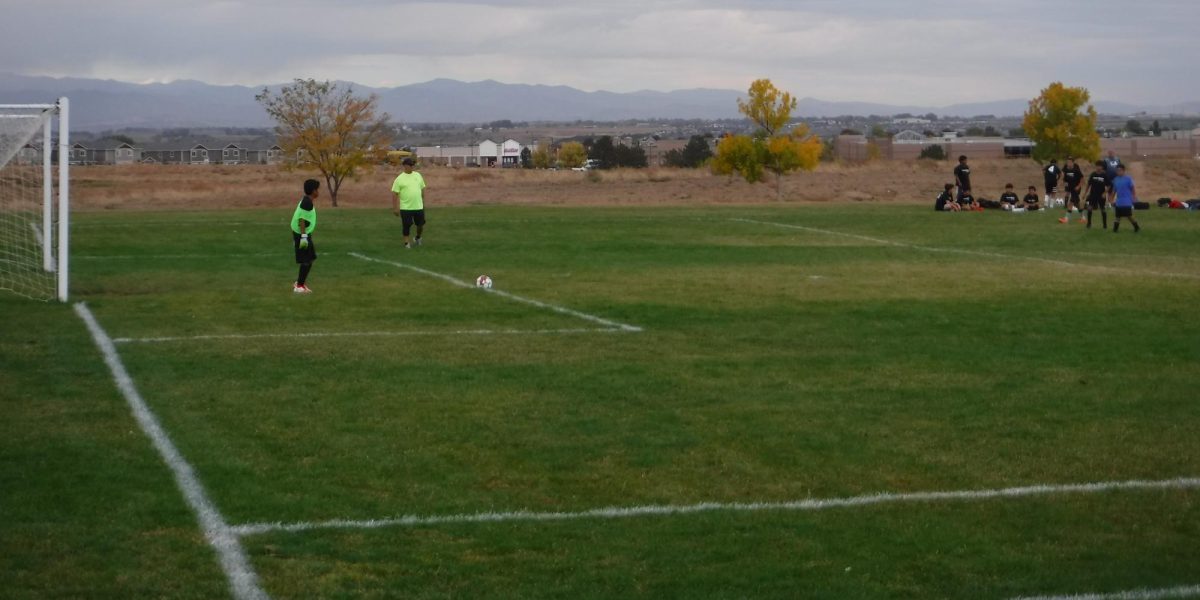
Minimizing On-the-Field Injuries
While money is a large factor in choosing to go with turf or grass, the largest factor to consider should be student safety. And in this category, there is no contest: student athletes statistically sustain more injuries on turf than on grass.
A study conducted by the National Library of Medicine found that the chance of an athlete sustaining a lower extremity injury is noticeably higher on turf fields compared to grass.
“The 2021 and 2022 NFL seasons of our analysis demonstrated a higher incidence rate of injuries on artificial turf surfaces compared with natural grass surfaces. In addition, the odds of injury requiring season-ending surgery were found to be significantly higher on artificial turf compared with natural grass,” the study stated.
Additionally, the study stated that “artificial turf is known to have less absorption of force for the player’s knee and ankle, which increases the risk of injury. The lesser ability of artificial turf to release a cleat puts more strain on a player’s extremities through greater force and increased torque. On the other hand, natural grass has been shown to often release the cleat before reaching an injurious load.”
This isn’t just something spotted in graphs either: players and coaches see the difference when they play. Junior Gavin Coburn, a varsity soccer player, said that, “I do not like playing on turf. I get a lot of scrapes, and I have suffered a lot of knee pain playing on turf… I’ve been hurt a lot more [often] playing on turf as well.”
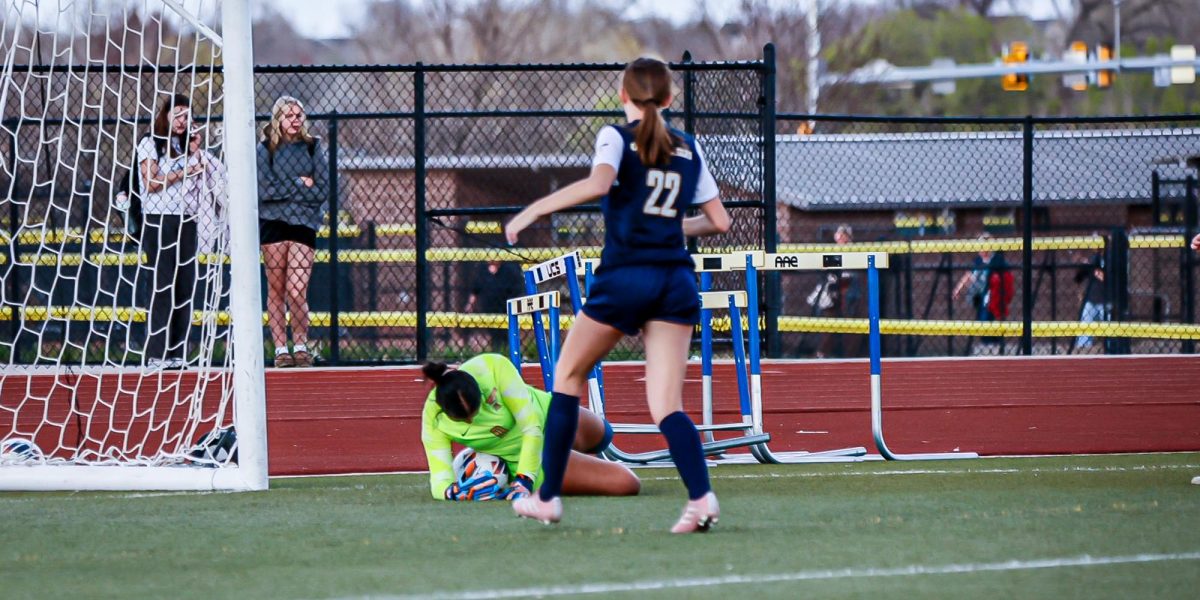
Parents and Students Divided on Which Grass Is Greener
So should Frederick toss the turf and grow some grass? That depends on whom you ask.
Erin Pollard, mom of a female varsity soccer player, said that “I don’t love that they play on turf because it’s a hard surface and players get nasty turf burns when they fall. It also absorbs heat and gets extremely hot in the summer months.”
Still, even though Ms. Pollard doesn’t like that the teams have to play on turf, she doesn’t think that the school should switch to a grass field.
“Grass is tough to grow well in Colorado and needs constant maintenance. It would struggle in the summer heat without any shade and would be completely destroyed by the end of football and boys soccer season, leaving girls soccer with hardly any surface to play on.”
While adults tend to be of two minds, every Frederick athlete interviewed for this article said the same thing: give us real grass.
For instance, Avery Briggs said, “Playing on maintained grass can feel more natural and softer underfoot compared to turf. It can also be cooler on hot days and provides better traction for some sports. Plus, grass fields can be easier on your joints and reduce risks of certain injuries.”
The pros and cons of each side are clear. Turf costs more but can make a school more money through rentals. Grass is less injurious to student athletes but takes more labor to maintain. Turf is great during a snowstorm but cooks athletes when the temperature is high.
Ultimately, Frederick and the district won’t make any switch until the current turf field needs to be replaced, but when that happens, it seems the students hope they get plants instead of plastics.

